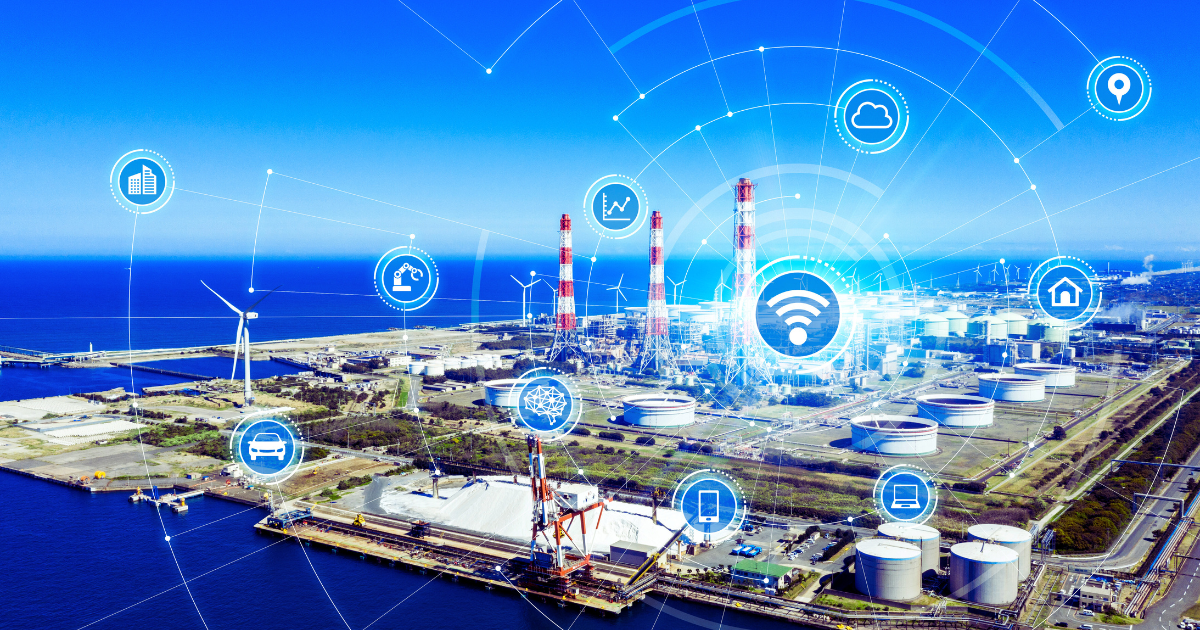As the world continues to confront climate change, urbanization, and population growth, the demand for resilient structures that can withstand natural disasters has never been higher. Resilient design refers to creating buildings and infrastructure that can adapt to changing conditions, minimize damage during extreme events, and ensure rapid recovery. This approach to architecture and construction has become essential in safeguarding lives, property, and the environment.
In this blog, we will explore the importance of resilient design in construction, the key principles involved, and examples of disaster-proof structures that are shaping the future of urban development.
The Importance of Resilient Design
Natural disasters, including earthquakes, hurricanes, floods, and wildfires, have become increasingly frequent and severe due to climate change and urbanization. The devastation caused by such events is not just physical but can lead to economic losses, displacement of communities, and long-term environmental damage. Traditional construction methods are often insufficient to handle the intensity of modern-day disasters, leaving buildings vulnerable to collapse, damage, or destruction.
In contrast, resilient design focuses on creating structures that can withstand these challenges. Resilient buildings are built to endure and recover quickly from extreme conditions. Whether it’s through the use of advanced materials, innovative building techniques, or adaptive systems, resilient design ensures that buildings and infrastructure are prepared for the worst while maintaining functionality during and after a disaster.
Key Principles of Resilient Design
- Adaptability: A resilient design must be adaptable to various potential hazards. Whether the threat is flooding, high winds, or earthquakes, adaptable buildings can be modified to suit different environments and conditions. For example, buildings in flood-prone areas may have elevated foundations, while structures in earthquake prone regions can incorporate flexible materials and shock absorbers to reduce seismic impact.
- Redundancy: Redundancy refers to having backup systems in place to ensure that critical functions continue in the event of a failure. In resilient design, this might include backup power supplies, redundant water systems, and alternative evacuation routes. The goal is to ensure that even if one system fails, others are in place to maintain operation and safety.
- Sustainability: Resilient buildings are often designed with sustainability in mind. This includes using environmentally friendly materials, minimizing energy consumption, and incorporating renewable energy sources. Sustainable buildings are not only more resilient to disasters but also contribute to long-term environmental health by reducing their carbon footprint and reliance on nonrenewable resources.
- Site Selection and Planning: One of the most important aspects of resilient design is choosing the right site for construction. Understanding the risks associated with a particular location is essential. Builders should assess potential hazards such as flooding, earthquakes, wildfires, or hurricanes when selecting a site. This information allows for more informed decisions about building materials, design, and infrastructure.
- Durability and Strength: The materials used in resilient design must be durable and able to withstand extreme conditions. Whether it’s reinforced concrete for earthquake resistance or hurricane-proof windows to protect against high winds, choosing the right materials is crucial for ensuring a structure can survive disasters. Additionally, advanced engineering techniques, such as seismic retrofitting or storm-resistant features, help to further enhance a building’s strength and stability.
- Community Involvement and Education: Resilience is not just about the building itself but also about the people who live and work within it. Ensuring that communities are educated on disaster preparedness and response can make a significant difference in reducing casualties and property damage. Moreover, involving local stakeholders in the design and planning process can ensure that structures meet the unique needs of the community.
Examples of Disaster-Proof Structures:
- Earthquake-Resistant Buildings in Gujarat
After the devastating 2001 earthquake in Bhuj, Gujarat implemented strict earthquake-resistant building codes. The city has since been rebuilt with advanced measures such as seismic dampers, flexible foundations, and reinforced frames, ensuring structures can better withstand future seismic activity. - Flood-Resistant Structures in Kerala
Kerala, frequently affected by monsoons and severe flooding, has adopted innovative flood-resistant construction techniques. Elevated houses and stilt foundations are now common in flood-prone areas, minimizing the risk of water damage. Public infrastructure incorporates water-resistant materials and efficient drainage systems, ensuring resilience against future flood events and enhancing the safety of communities. - Smart Cities with Resilient Infrastructure
Cities like Pune and Bengaluru, part of India’s Smart Cities Mission, are integrating disaster-proofing measures into urban planning. For example, Pune’s flood management systems include rainwater harvesting, green roofs, and permeable pavements, ensuring better water management during heavy rains.
Challenges and Opportunities in Resilient Design
While the benefits of resilient design are clear, there are also challenges to implementing these principles on a large scale. One of the biggest hurdles is cost. Advanced building materials, sustainable technologies, and specialized construction techniques can increase the initial cost of a project. However, these costs are often offset by the long-term benefits, such as reduced damage during disasters, lower insurance premiums, and fewer costly repairs after an event.
Another challenge is the lack of widespread knowledge and expertise in resilient design. Many construction professionals may not be fully aware of the latest advances in disaster-resistant technologies or may not have access to the necessary tools and resources to implement them. Training and education in resilient design are essential for overcoming this barrier and ensuring that the construction industry is prepared to meet the challenges of the future.
Despite these challenges, there are significant opportunities to incorporate resilient design into both new and existing structures. Governments, businesses, and communities are increasingly recognizing the importance of investing in disaster-proof buildings and infrastructure. Public-private partnerships, as well as government incentives, can help promote resilient design and make it more accessible to a wider range of projects.
The Future of Resilient Design
As the world becomes more vulnerable to natural disasters, resilient design will play an increasingly important role in shaping the future of construction. Advancements in technology, materials, and engineering will continue to improve the ability of buildings and infrastructure to withstand extreme conditions. Moreover, the growing awareness of climate change and its effects will drive further innovation in resilient design practices.
The future of resilient design is not just about building for survival but also about creating structures that contribute to a sustainable and resilient society. By prioritizing adaptability, redundancy, and sustainability, the construction industry can build a future where communities are better prepared for the challenges that lie ahead.
In conclusion, resilient design is more than just a trend, it’s a necessity. As the frequency and intensity of natural disasters continue to rise, the ability to create disaster-proof structures will become crucial in protecting lives, properties, and the environment. Through innovative design, advanced engineering, and sustainable practices, we can build a future that is safer, stronger, and more resilient.






